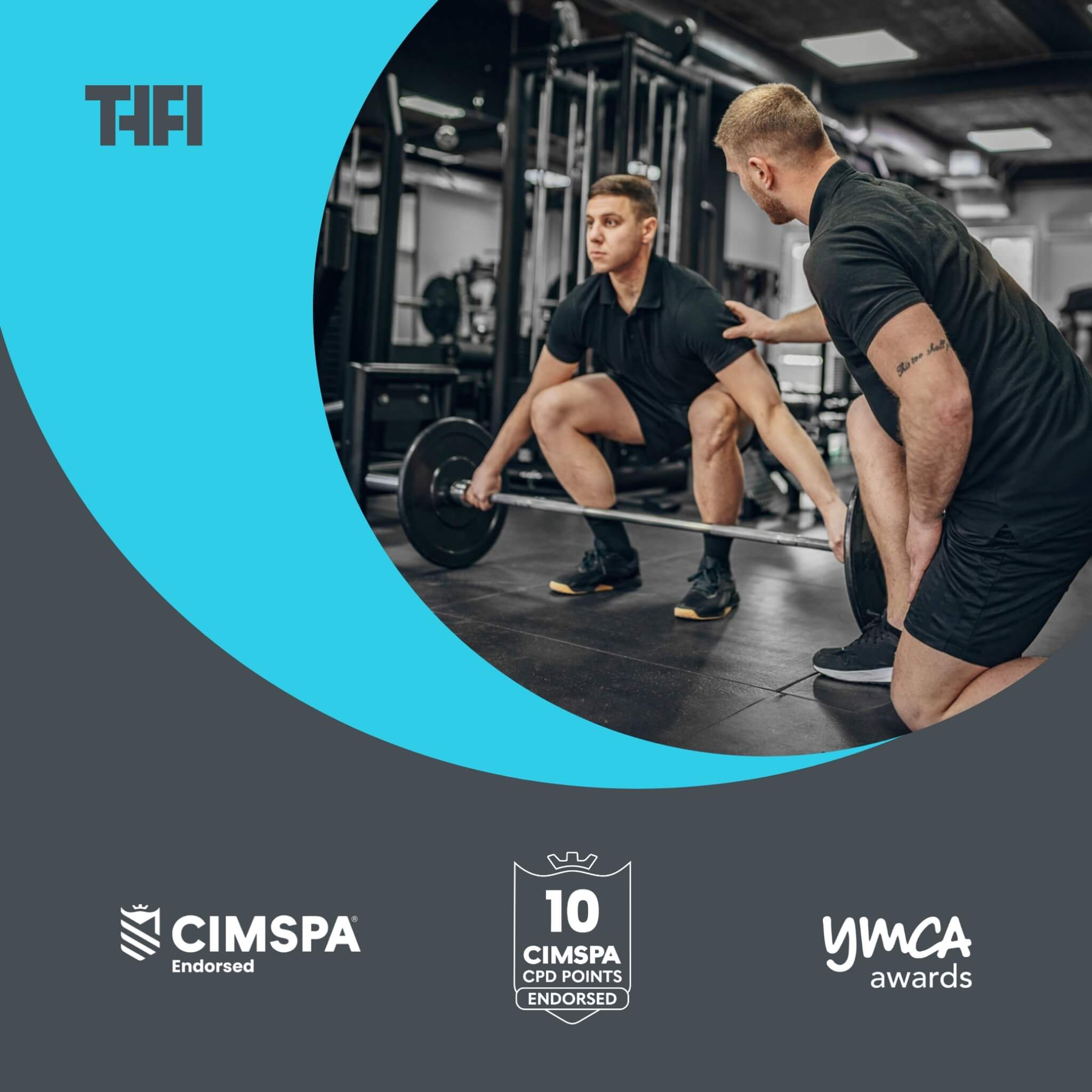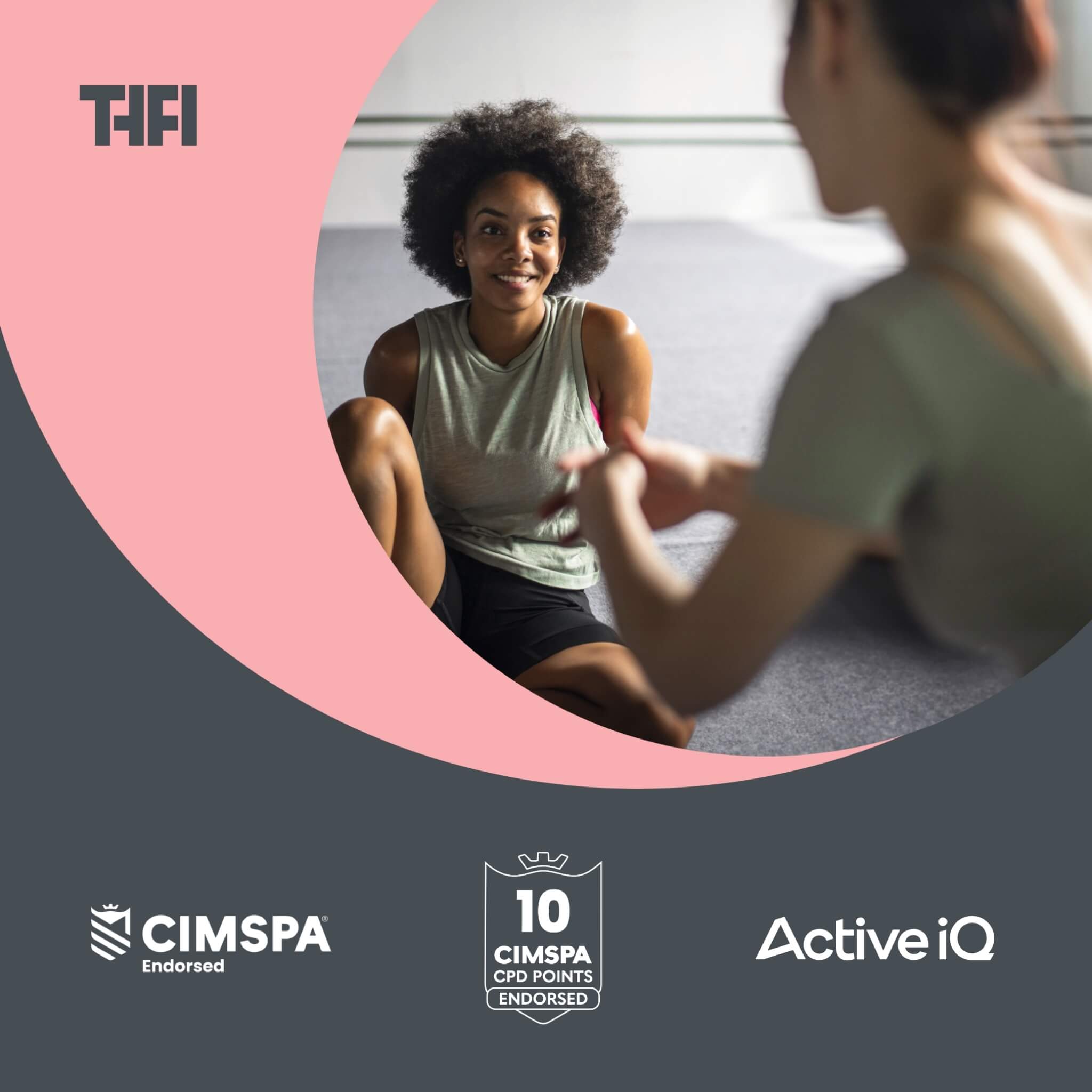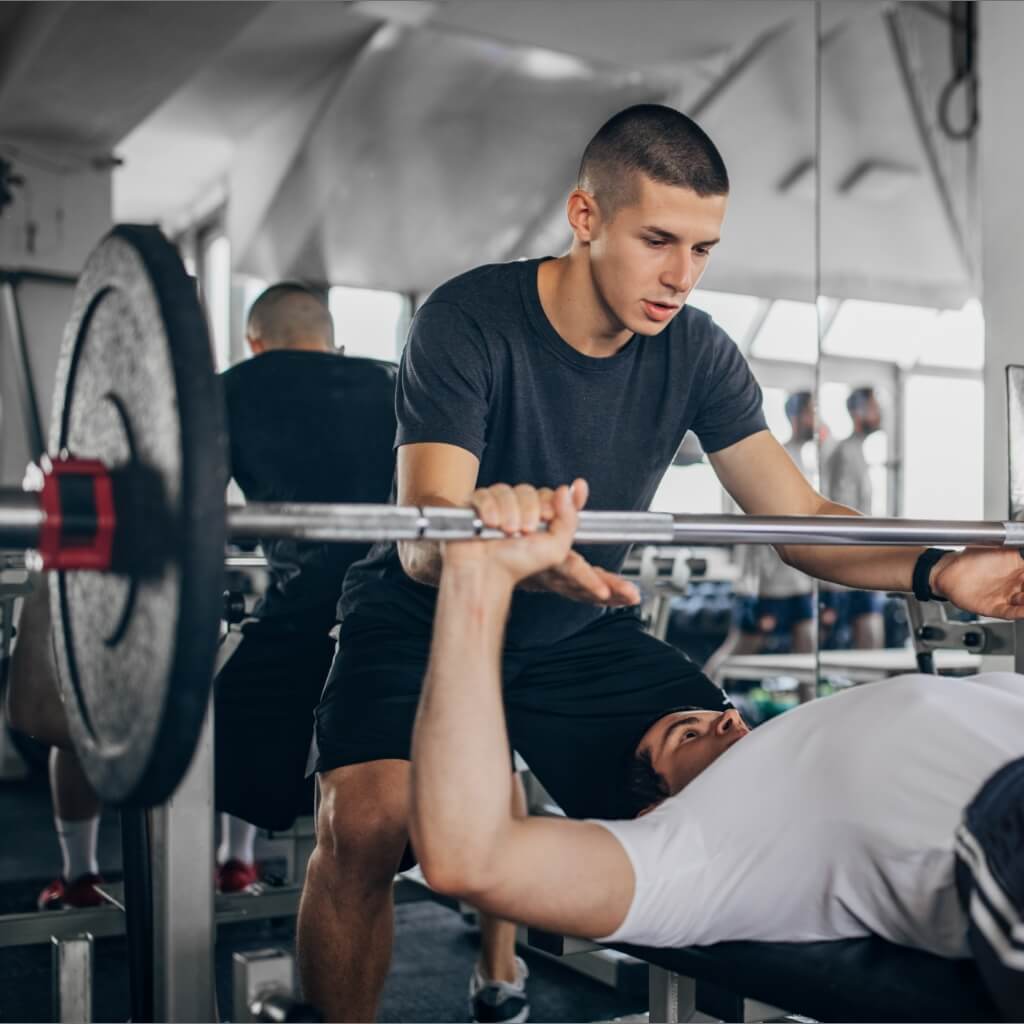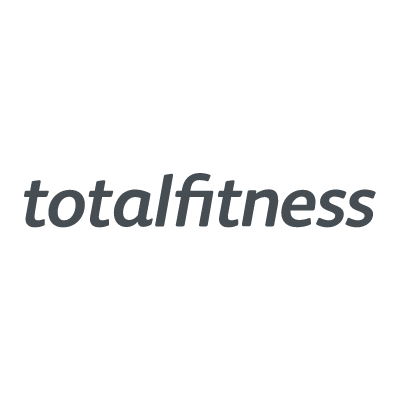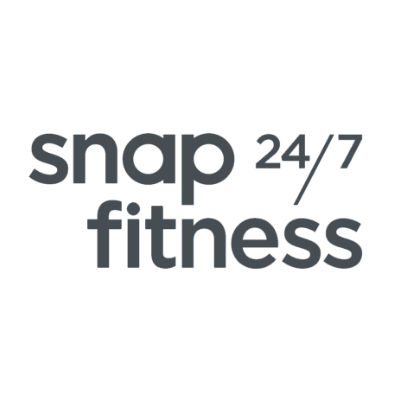How to Create Effective Workout Plans for Beginners
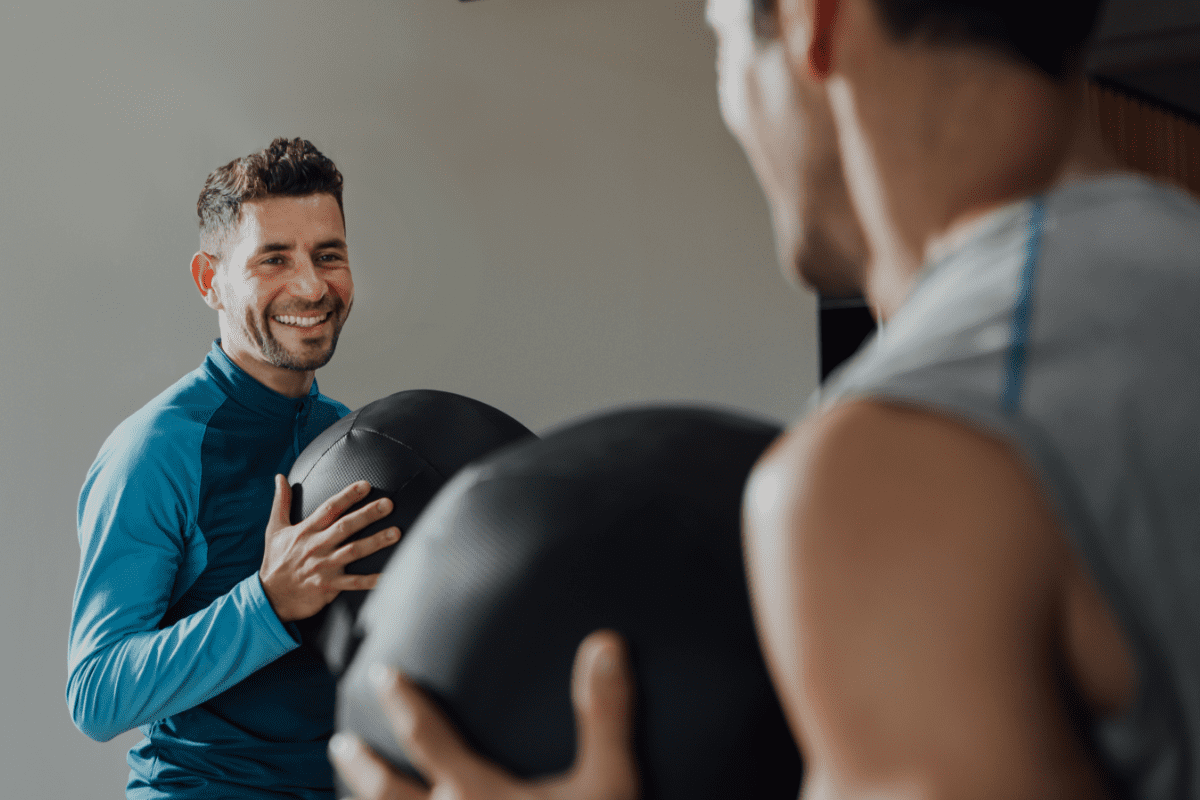
If you’re a serious personal trainer looking to make a real impact on the gym floor, by now you should understand the importance of strategic, effective workout programming.
It’s one of the key pillars of success behind any great body transformation.
But how do you translate that expertise to someone who’s never touched a weight in their life?
Chances are, the first-hand experience and weight training wisdom that you now might take for granted, will make little sense to a client who’s just starting out in the gym.
Here are five tips to help you create a living, breathing workout program for a client with very little (or no) training experience.
1. Understand your clients’ goals
Make sure you know exactly what your client wants to achieve working with you. It’s your responsibility to help them look or feel a certain way – so it’s crucial you understand what they’re looking to get out of their time with you.
Perhaps equally important – get an idea of how fit and active your client is before they get started. This lets you choose the appropriate exercises, intensity, frequency, and duration of the workouts.
You can use various methods to measure your client’s fitness level, including body mass index (BMI), body fat percentage, resting heart rate, blood pressure, flexibility tests, strength tests, and endurance tests. It’s also wise to ask your client about their medical history, injuries, limitations, food preferences, and expectations.
2. Choose the right exercises
This all comes down to what your client wants from their program. The exercises that make up a strength training plan will look a lot different to a fat loss plan, but a good starting point for any novice is bodyweight movements.
Squats, lunges, push-ups, and glute bridges are a good way of gauging overall strength and stability. Think of it as setting the stage before you move onto heavier, compound movements or more technical lifts like Bulgarian split squats.
It’s important you don’t throw your client in at the deep end. That doesn’t mean not working them hard – far from it. But making the decision to partner with a personal trainer is a big decision for any new client, and laying under a 20kg barbell on session one might seem intimidating.
So, make sure your client is comfortable with what’s expected of them and take them through the basic, fundamental movements first. With this, confidence and motivation will follow.
3. Adjust the intensity of your clients’ workouts
It’s unrealistic to think a new trainee will be capable of performing 25+ reps on a barbell back squat on day one. In time, maybe. But the focus should be on exercise execution and making sure every movement is controlled in the first couple of weeks.
As their trainer, it’s up to you to decide when to put your foot on the gas or pull back the intensity. The intensity of a session for a new trainee will be more dependent on how they’re feeling on the day, what they’ve eaten before a session, or how much sleep they’ve had the previous night.
Ultimately, the intensity of the workouts should match your client’s fitness levels. That’s not to say you can’t push them out of their comfort zone, of course. If the intensity is too low, your client may not see any results or get bored. Too high, and your client can easily burn out or pick up an injury.
4. Work out the best workout frequency and duration
We recommend that your clients are resistance training at least three times a week. But a large percentage of new trainees can get the results they want by lifting weights just twice a week, assuming their diet and lifestyle is under control away from the gym.
For clients who are untrained and new to exercise entirely, start with two sessions per week and gradually increase to three or more as their fitness improves.
High-intensity workouts, such as circuit training or HIIT, may require more recovery time between sessions, while longer-duration sessions, such as endurance training, may require more rest days to steer clear of overtraining.
5. Monitor your client’s progress and feedback
Results. The most important part of any personal training program.
That means it’s critical you measure every metric, so you’ve always got a holistic view of where your client is improving, and where they’re not. It’ll help you measure the effectiveness of your client’s training program so you can push them towards better results.
There are plenty of ways to track your clients’ progress…
Body Measurements
Measure your clients' body fat percentage, waist circumference, and other body measurements to track changes in their body composition over time.
Weight
Regular weigh-ins can be a useful tool for tracking progress. It's important to note that weight can fluctuate for various reasons, so it's important to look at other measures as well.
Fitness Tests
You can conduct fitness tests such as the beep test, push-up test, or squat test to assess improvements in strength, endurance, and overall fitness.
Progress Photos
Taking progress photos is a great way to visually track changes in your clients' body composition.
Performance Tracking
If your clients have specific fitness goals, such as running a 5K or deadlifting a certain weight, you can track their progress towards those goals over time.
Client Feedback
It's important to regularly check in with your clients to see how they feel about their progress. Ask them how they're feeling, if they're seeing any improvements, and if they have any concerns or questions.
It’s one of the key pillars of success behind any great body transformation.
But how do you translate that expertise to someone who’s never touched a weight in their life?
Chances are, the first-hand experience and weight training wisdom that you now might take for granted, will make little sense to a client who’s just starting out in the gym.
Here are five tips to help you create a living, breathing workout program for a client with very little (or no) training experience.
1. Understand your clients’ goals
Make sure you know exactly what your client wants to achieve working with you. It’s your responsibility to help them look or feel a certain way – so it’s crucial you understand what they’re looking to get out of their time with you.
Perhaps equally important – get an idea of how fit and active your client is before they get started. This lets you choose the appropriate exercises, intensity, frequency, and duration of the workouts.
You can use various methods to measure your client’s fitness level, including body mass index (BMI), body fat percentage, resting heart rate, blood pressure, flexibility tests, strength tests, and endurance tests. It’s also wise to ask your client about their medical history, injuries, limitations, food preferences, and expectations.
2. Choose the right exercises
This all comes down to what your client wants from their program. The exercises that make up a strength training plan will look a lot different to a fat loss plan, but a good starting point for any novice is bodyweight movements.
Squats, lunges, push-ups, and glute bridges are a good way of gauging overall strength and stability. Think of it as setting the stage before you move onto heavier, compound movements or more technical lifts like Bulgarian split squats.
It’s important you don’t throw your client in at the deep end. That doesn’t mean not working them hard – far from it. But making the decision to partner with a personal trainer is a big decision for any new client, and laying under a 20kg barbell on session one might seem intimidating.
So, make sure your client is comfortable with what’s expected of them and take them through the basic, fundamental movements first. With this, confidence and motivation will follow.
3. Adjust the intensity of your clients’ workouts
It’s unrealistic to think a new trainee will be capable of performing 25+ reps on a barbell back squat on day one. In time, maybe. But the focus should be on exercise execution and making sure every movement is controlled in the first couple of weeks.
As their trainer, it’s up to you to decide when to put your foot on the gas or pull back the intensity. The intensity of a session for a new trainee will be more dependent on how they’re feeling on the day, what they’ve eaten before a session, or how much sleep they’ve had the previous night.
Ultimately, the intensity of the workouts should match your client’s fitness levels. That’s not to say you can’t push them out of their comfort zone, of course. If the intensity is too low, your client may not see any results or get bored. Too high, and your client can easily burn out or pick up an injury.
4. Work out the best workout frequency and duration
We recommend that your clients are resistance training at least three times a week. But a large percentage of new trainees can get the results they want by lifting weights just twice a week, assuming their diet and lifestyle is under control away from the gym.
For clients who are untrained and new to exercise entirely, start with two sessions per week and gradually increase to three or more as their fitness improves.
High-intensity workouts, such as circuit training or HIIT, may require more recovery time between sessions, while longer-duration sessions, such as endurance training, may require more rest days to steer clear of overtraining.
5. Monitor your client’s progress and feedback
Results. The most important part of any personal training program.
That means it’s critical you measure every metric, so you’ve always got a holistic view of where your client is improving, and where they’re not. It’ll help you measure the effectiveness of your client’s training program so you can push them towards better results.
There are plenty of ways to track your clients’ progress…
Body Measurements
Measure your clients' body fat percentage, waist circumference, and other body measurements to track changes in their body composition over time.
Weight
Regular weigh-ins can be a useful tool for tracking progress. It's important to note that weight can fluctuate for various reasons, so it's important to look at other measures as well.
Fitness Tests
You can conduct fitness tests such as the beep test, push-up test, or squat test to assess improvements in strength, endurance, and overall fitness.
Progress Photos
Taking progress photos is a great way to visually track changes in your clients' body composition.
Performance Tracking
If your clients have specific fitness goals, such as running a 5K or deadlifting a certain weight, you can track their progress towards those goals over time.
Client Feedback
It's important to regularly check in with your clients to see how they feel about their progress. Ask them how they're feeling, if they're seeing any improvements, and if they have any concerns or questions.









